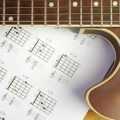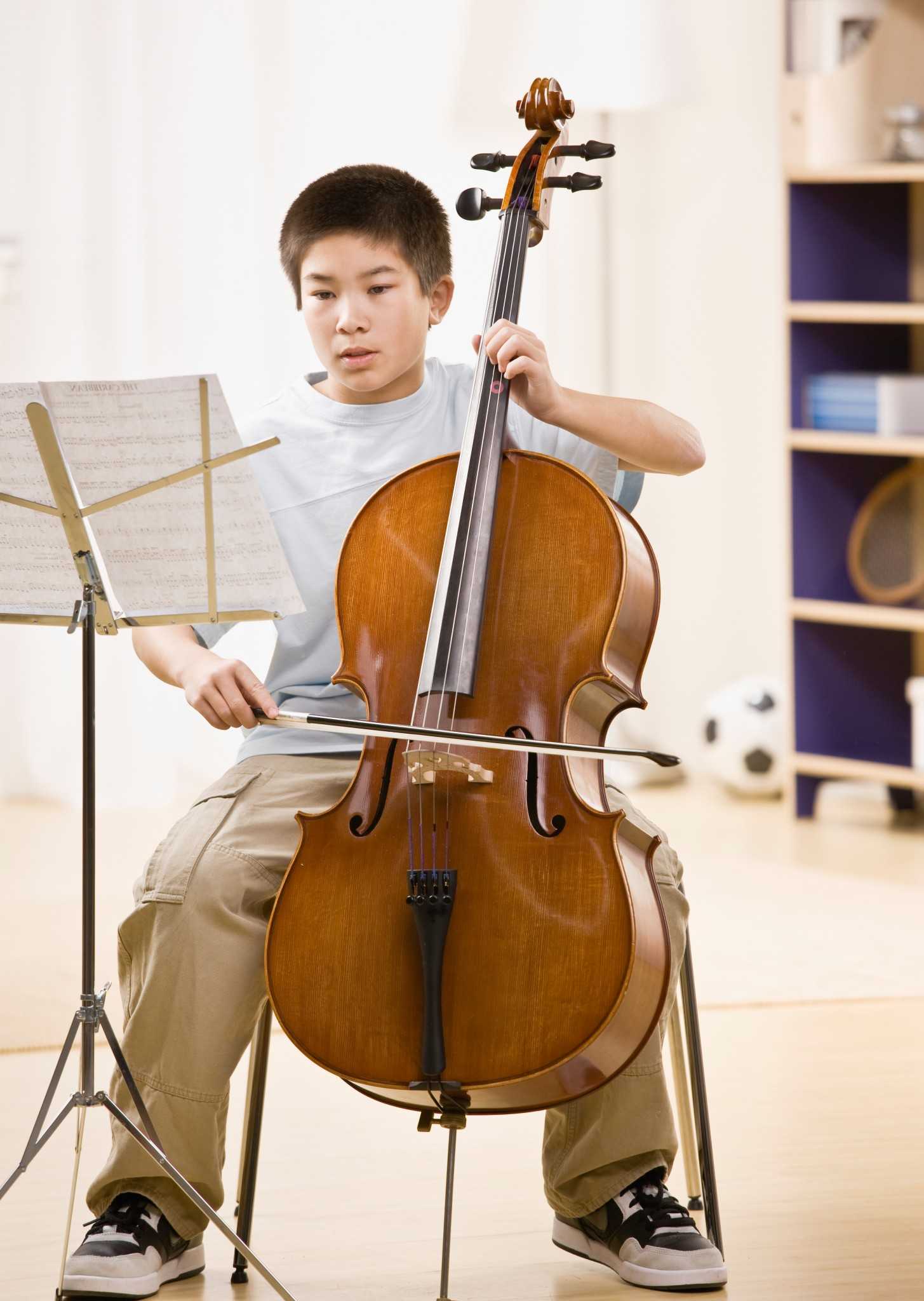Things like finger strength, dexterity and flexibility can make or break a developing guitarist. Even seasoned guitarists need to keep their skills sharp by frequently playing scales, drills and other exercises. Remembering to practice finger exercises for guitarists is sort of like kids being forced to eat their vegetables. Rudimentary drills aren’t necessarily fun or flashy, but taking the time to run through a couple of simple exercises a few times a week can deliver huge benefits to any guitarist. We’ve got some great finger exercises for guitarists playing at a beginner or intermediate level to share with you in this article. You’ll have to be at least somewhat familiar with tablature to be able to play these exercises.
Don’t Skip The Metronome
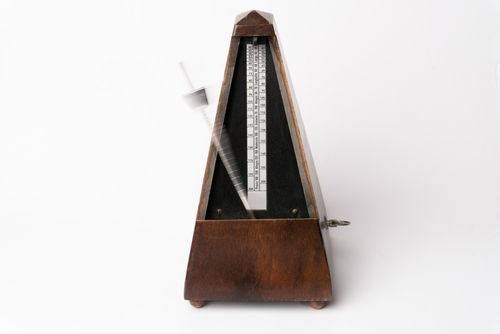 It’s absolutely vital that you use a metronome when playing these exercises. This is because playing through these drills and exercises won’t be nearly as effective without sticking to a set rhythm. Unless you strictly play ambient background noises on the guitar, you’ll need to take every opportunity you can to develop your rhythm playing as a guitarist. We recommend playing these exercises with a metronome set to a slow pace. As you progress, feel free to increase the speed. We’re going to start with some finger exercises for guitarists playing at a beginning level, so feel free to move on to the next section if you’re looking for more advanced drills.
It’s absolutely vital that you use a metronome when playing these exercises. This is because playing through these drills and exercises won’t be nearly as effective without sticking to a set rhythm. Unless you strictly play ambient background noises on the guitar, you’ll need to take every opportunity you can to develop your rhythm playing as a guitarist. We recommend playing these exercises with a metronome set to a slow pace. As you progress, feel free to increase the speed. We’re going to start with some finger exercises for guitarists playing at a beginning level, so feel free to move on to the next section if you’re looking for more advanced drills.
Finger Exercises For Beginners
Hand Position Exercise:
The first exercise we have for you is one that focuses on playing with the correct hand position. You won’t actually play any notes here, so set your pick down and just focus on your left hand. Hold the guitar and place the tips of your fingers down on the frets, one by one. Your fingers should fall right under the metal bar at the top of each fret. You’ll start on the 6th string (the big string that’s closest to you). One finger should be assigned to each fret. Repeat up each string and adapt the warmup to be played exactly how you want it.

Chromatic Scale:
If you’ve just picked up a guitar and are learning how to play, the most important thing you need to do is to figure out how to press the tips of your fingers down on the guitar in a way that produces tones. This drill is designed to deliver finger strength, flexibility, and tone development to new guitarists. This exercise is a chromatic scale which means it’s a scale that explores a specified range of the guitar step by step. It introduces the first position of the guitar and the idea that we can play efficiently when we assign one finger per fret. For all the exercises we give you here, remember to use alternate (up and down) picking with your right hand.

This scale can easily be moved up the guitar fret by fret if you skip playing the open strings.
Major and Minor Pentatonic Scales:
Pentatonic scales are just like major and minor scales but with a few notes removed. The name comes from the fact that “penta” means “five” and the scales are each built off of five notes. Popular music heavily relies on the sound of pentatonic scales, and we can find them in virtually every genre of music. The scales we’ll show you here can be moved anywhere on the guitar, and it’s a good idea to practice these scales at various different locations once you’ve mastered them in these positions. Playing these scales regularly will be a great way to build up the strength and speed in your fingers.
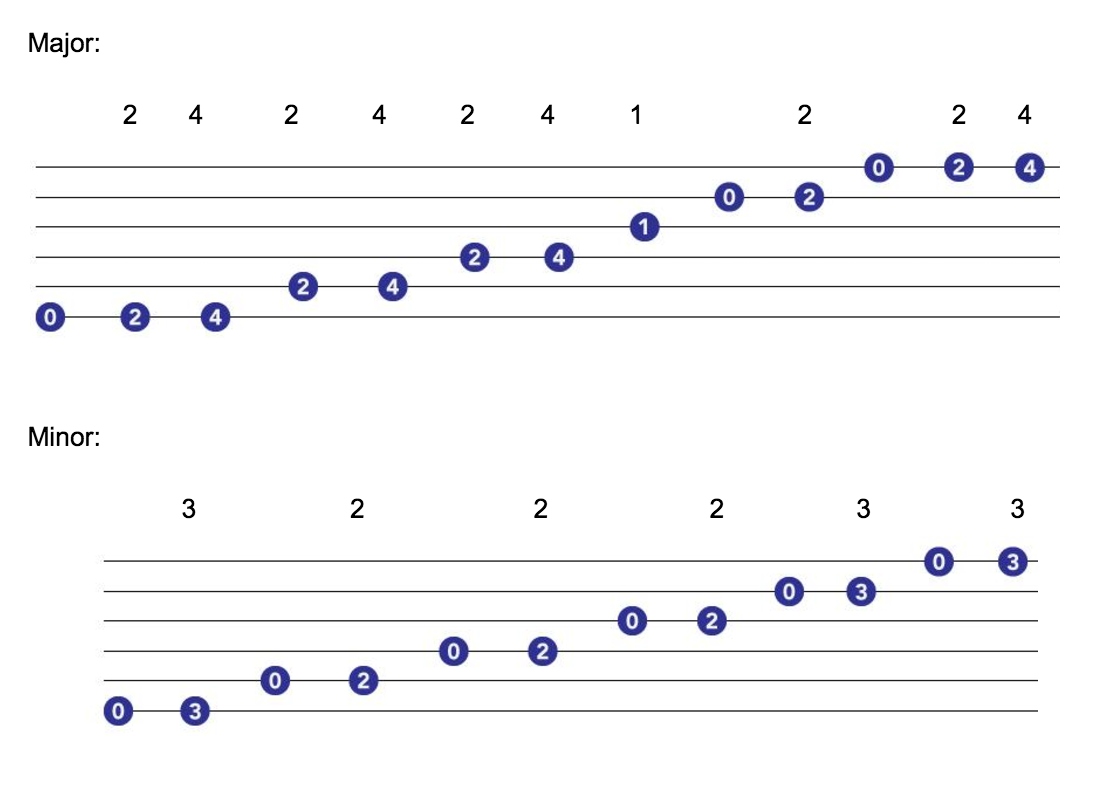
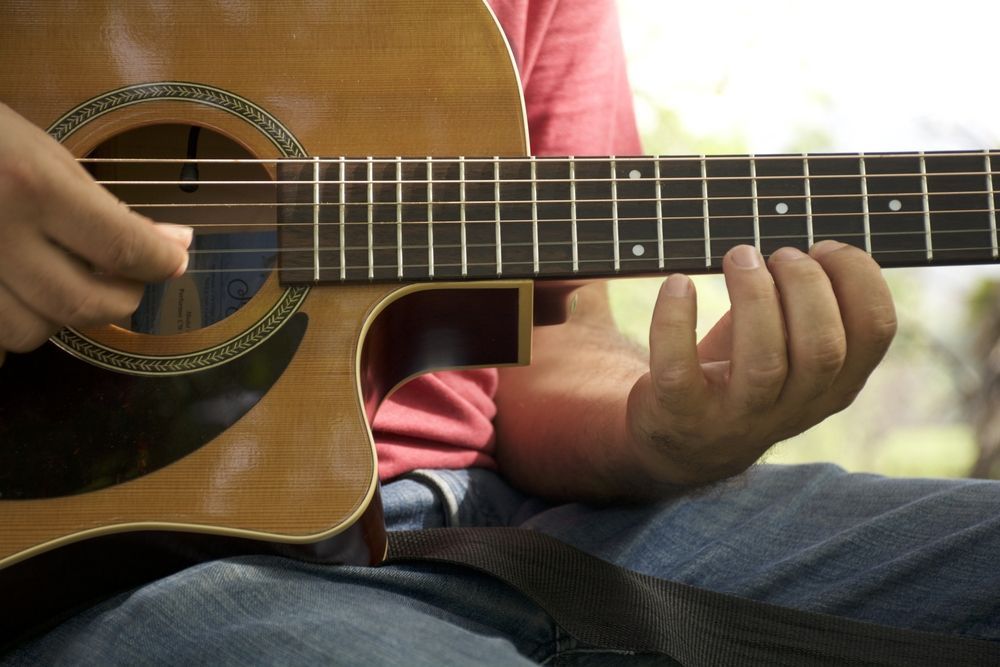
Intermediate Finger Exercises For Guitarists
Pinky Strengthening Warmup:
This first exercise for guitarists playing at an intermediate level is one that’s designed to strengthen your pinky. In the guitar world, all fingers are created equally and as a player you’ll only be as strong as your weakest finger. If you find yourself skipping your pinky finger during scales and riffs, you’re making your work on the guitar much harder than it has to be. The guitar is designed to be played with all of your fingers, so get going with this exercise to get your pinky back in the game.

Finger Stretching Exercise:
Our next exercise is designed to help you stretch your fingers. Tricky riffs sometimes require us to be able to stretch one finger over two frets, so playing this exercise regularly will help get you prepared. We’re going to show you one example per stretched-finger, so feel free to adapt this drill exactly how you want it. It’s a good idea to start this one higher up the neck because that’s where the frets are smaller.

Legato Finger Strength Builder:
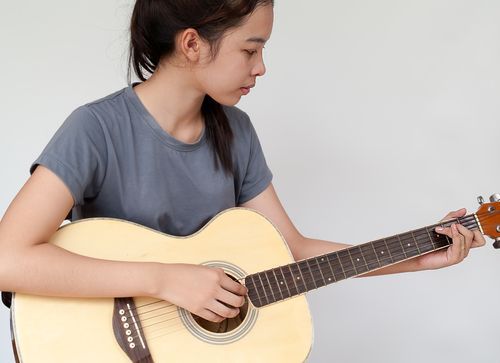 This exercise is designed to help you build strength and legato playing in your left hand. “Legato” is the musical term that means “long,” so play these notes in a connected way. You won’t need your right hand for this exercise. The sound here will be generated by your left hand playing hammer-ons and pull-offs. This means that your left hand will have to play with enough strength and accuracy to be able to create and sustain pitches. To get enough noise, you’ll have to play as loud and hard as you can. This exercise will tire out your fingers, hand, and arm if done correctly. Feel free to adapt this exercise to be played anywhere on the guitar.
This exercise is designed to help you build strength and legato playing in your left hand. “Legato” is the musical term that means “long,” so play these notes in a connected way. You won’t need your right hand for this exercise. The sound here will be generated by your left hand playing hammer-ons and pull-offs. This means that your left hand will have to play with enough strength and accuracy to be able to create and sustain pitches. To get enough noise, you’ll have to play as loud and hard as you can. This exercise will tire out your fingers, hand, and arm if done correctly. Feel free to adapt this exercise to be played anywhere on the guitar.

Finding An Experienced Teacher
Finger exercises for guitarists available in articles like these can do a lot for developing guitarists, but nothing can replace the guidance and insight that an experienced guitar teacher can give you. If you want to get serious about your guitar playing, you’ll need to start working with someone who can truly help in developing your prowess and technical skill as a guitarist. It’s important that you find someone who’s not only inspiring and easy to work with, but also experienced in the style of playing you hope to explore. Working with the right teacher can take your playing to places you never thought possible. For more helpful articles about the world of music, check out the Musika Lessons blog.






